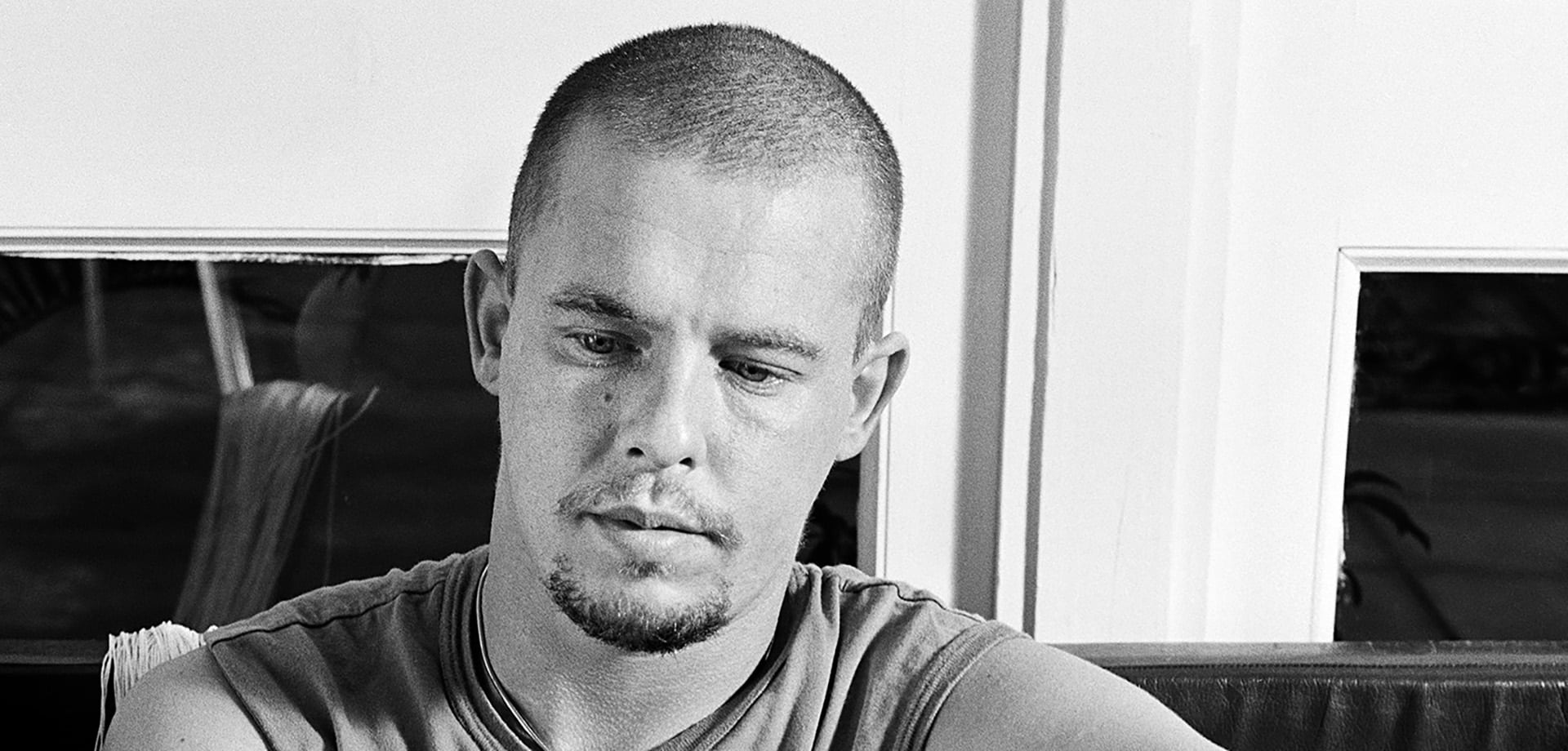For 13 years, Ann Ray documented the extraordinary career of British iconoclast Alexander McQueen and never gave a single photo away.

You’re getting blind.
Don’t miss the best of visual arts. Subscribe for $9 per month or $108 $90 per year.
Already suscribed ?



